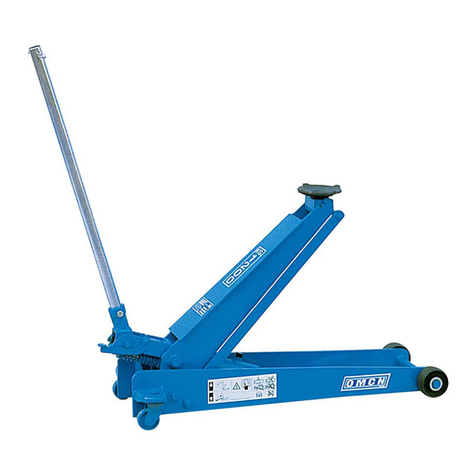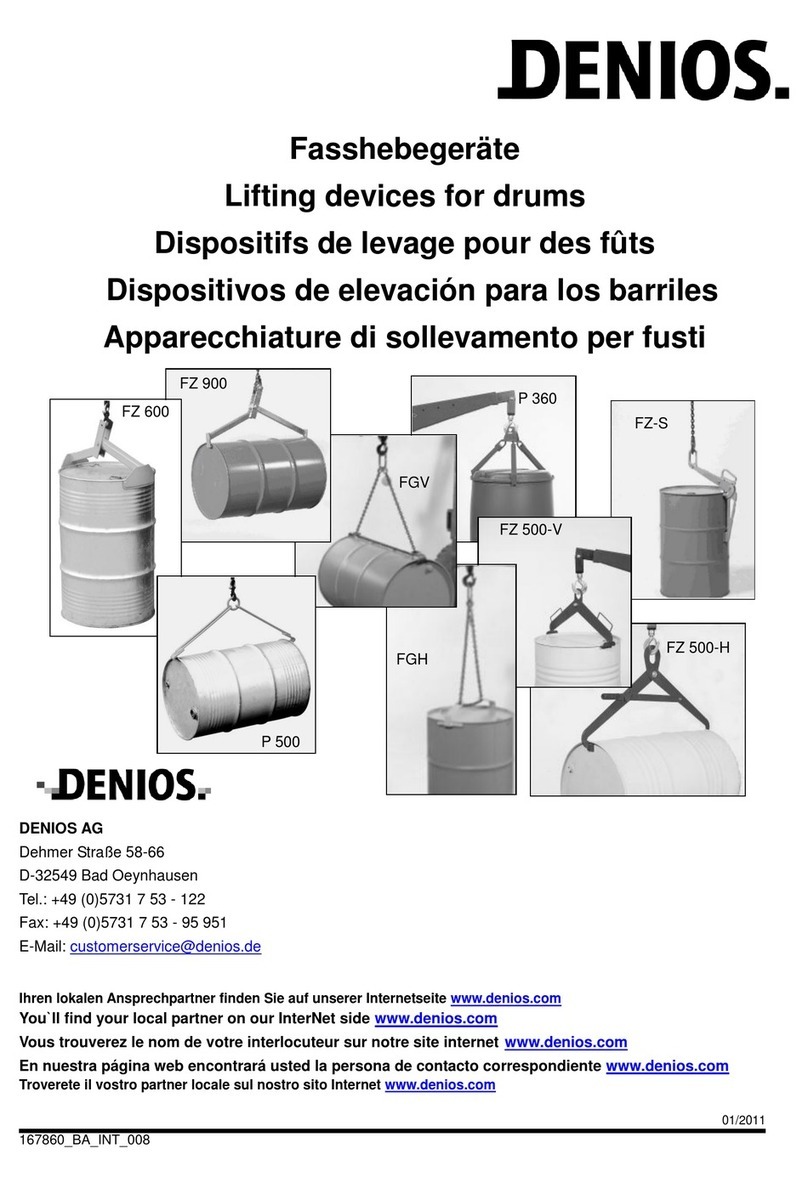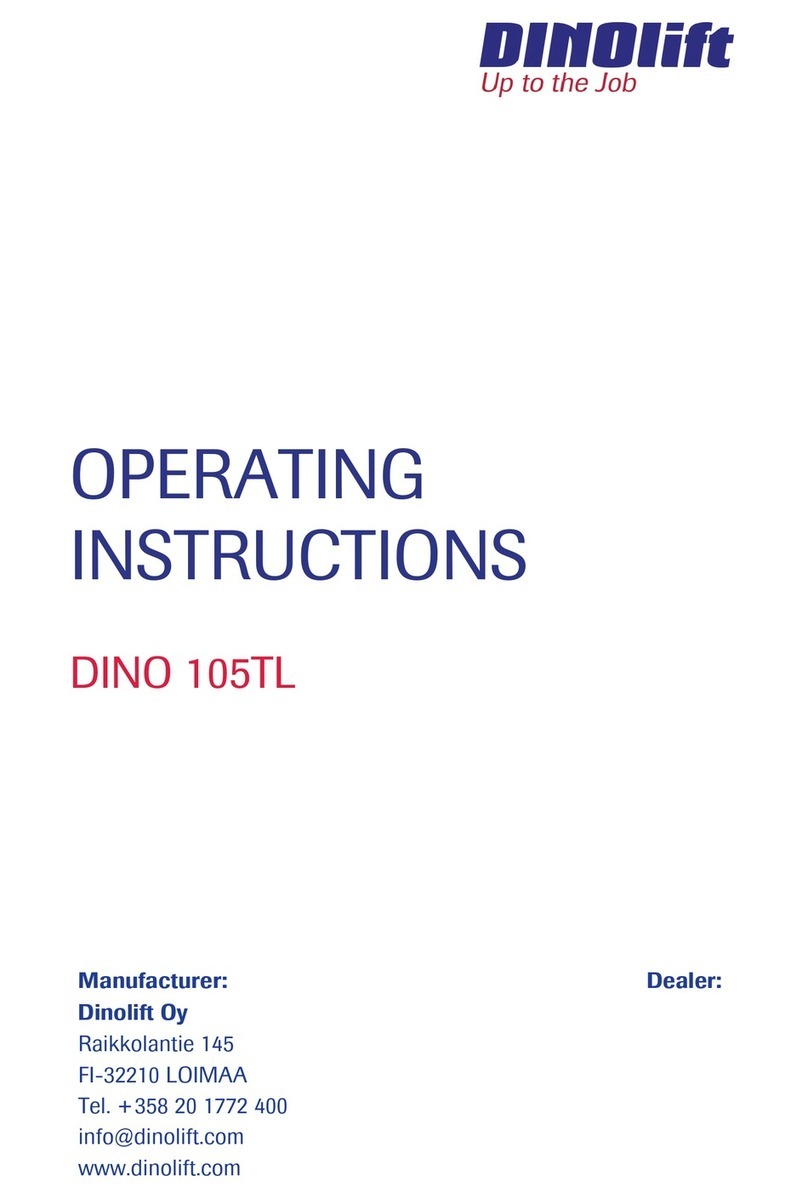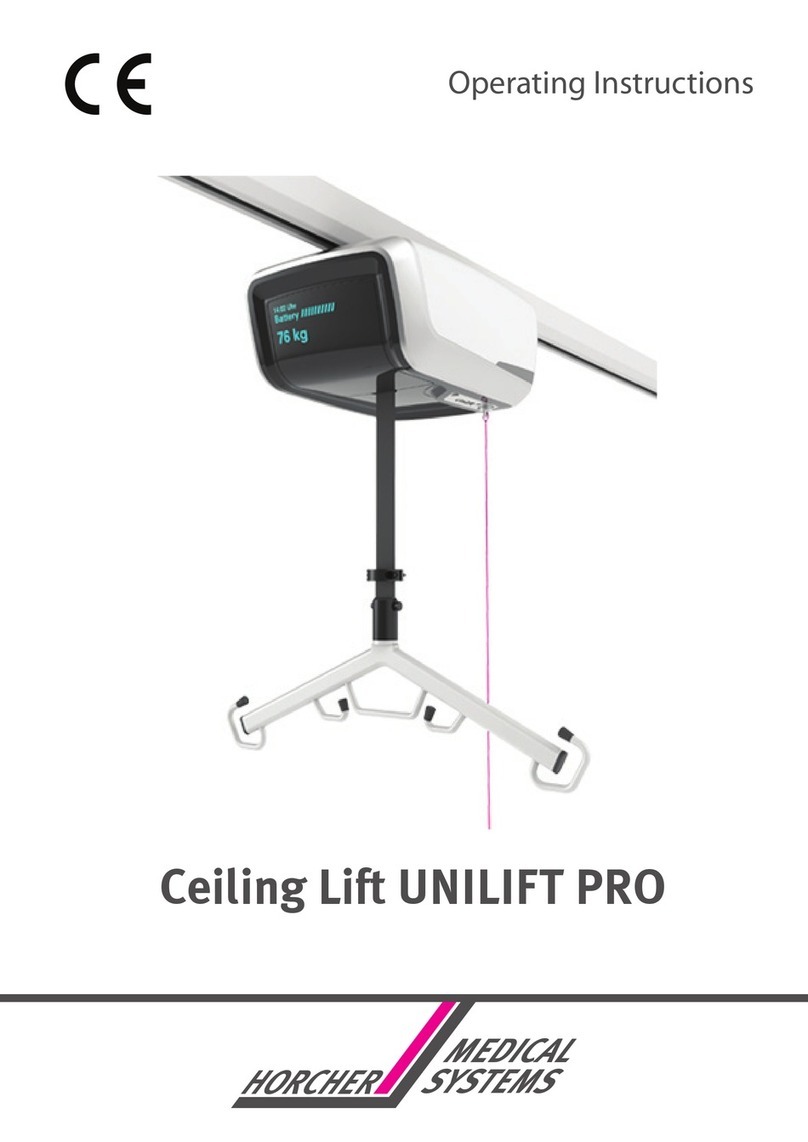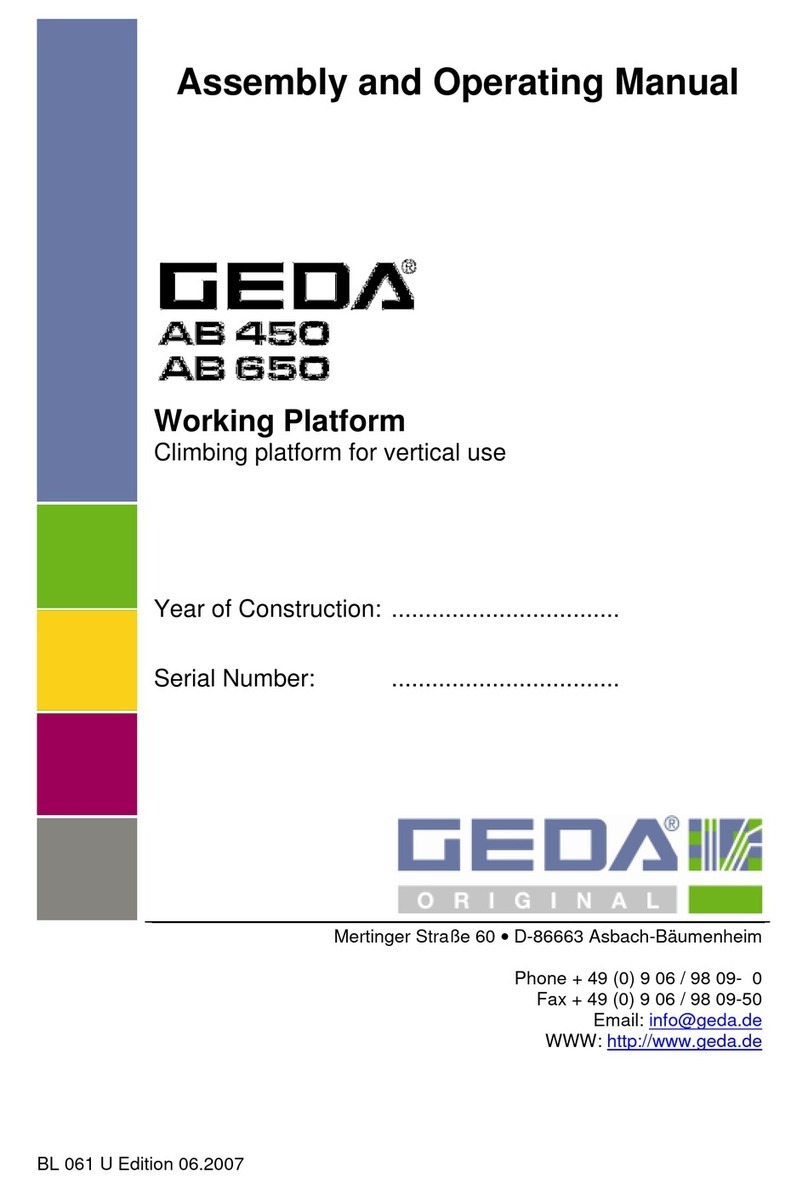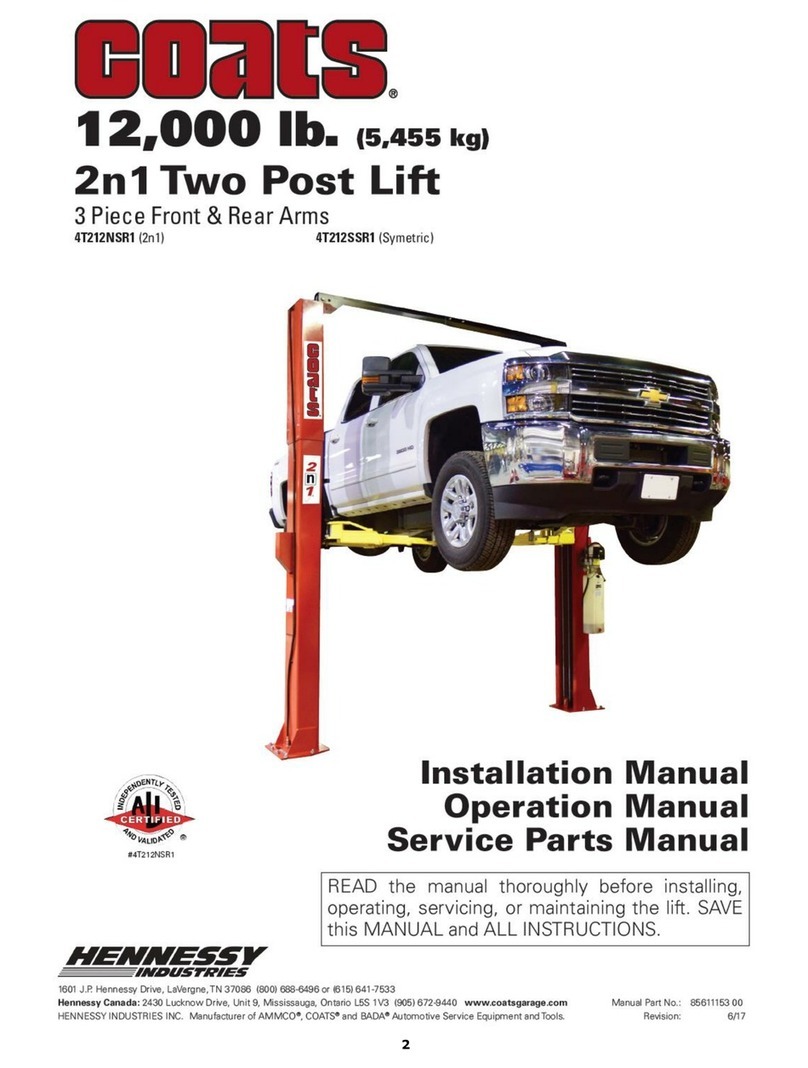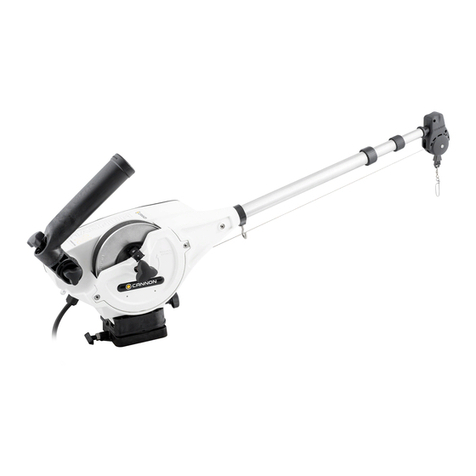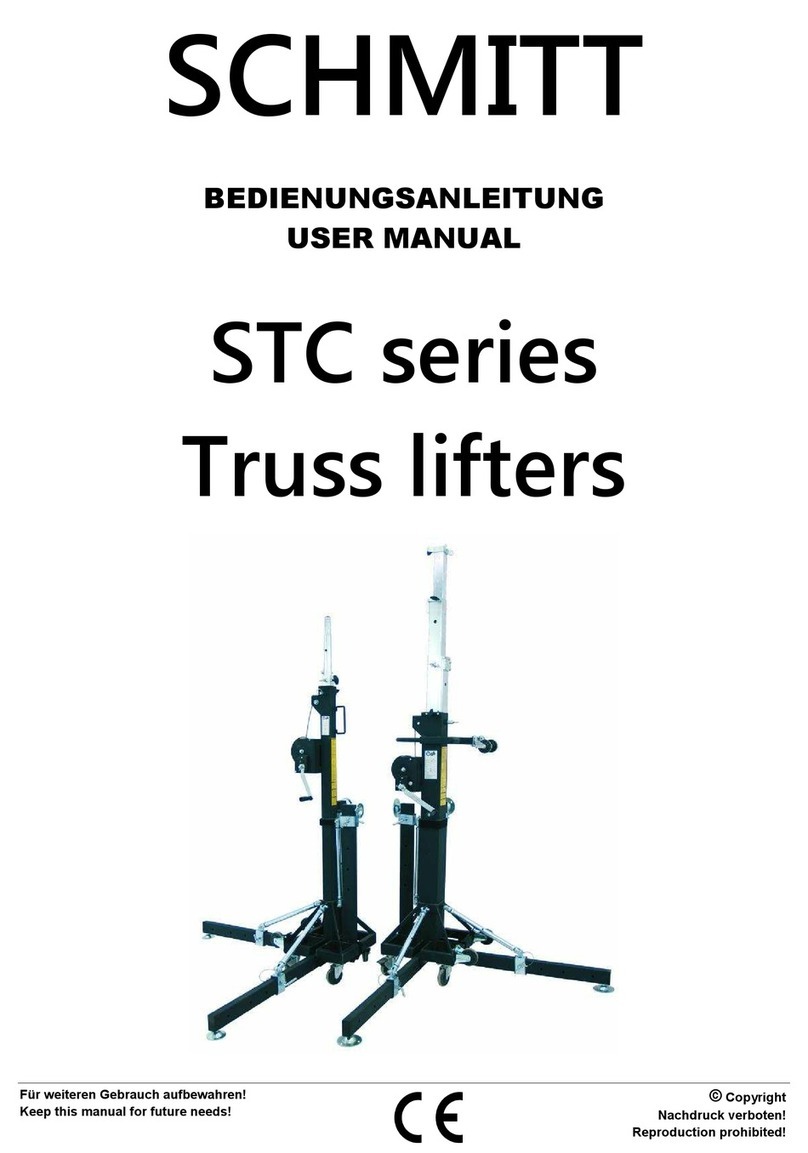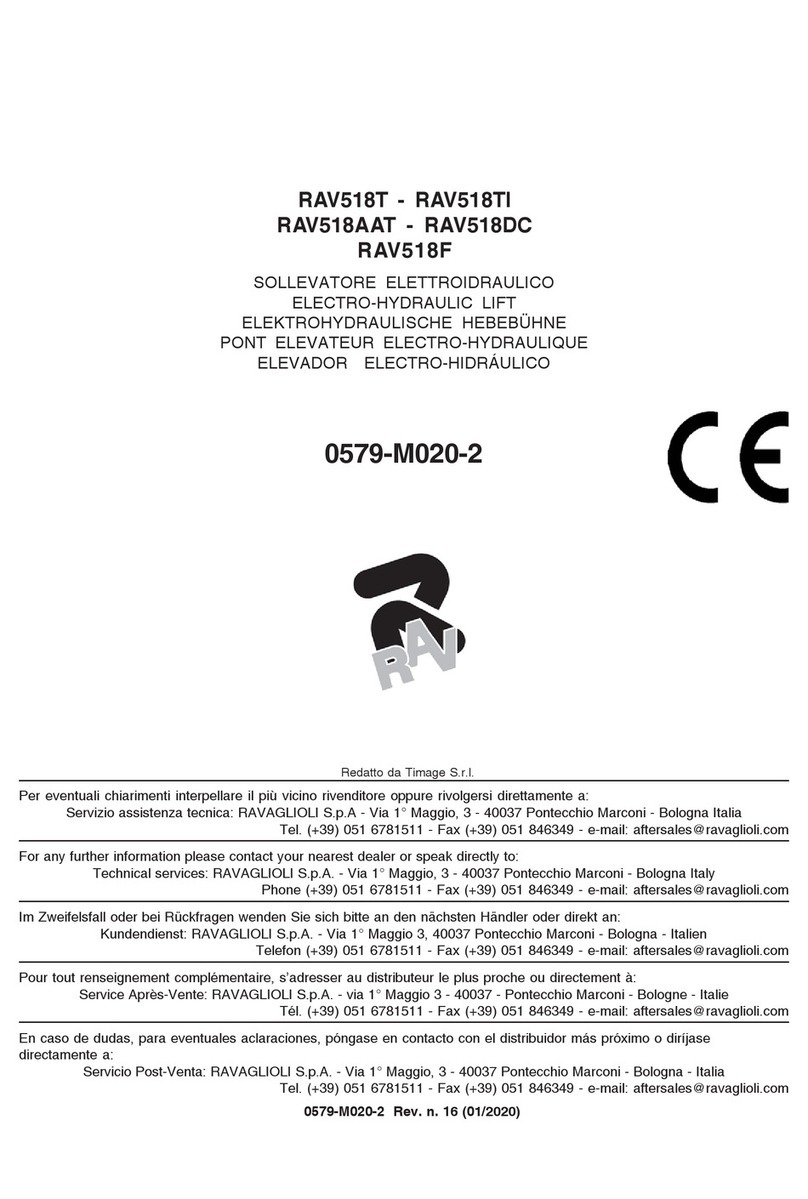Strongarm 528 User manual

TM
PROFESSIONAL LIFTING
& SERVICE EQUIPMENT
IMPORTANT: READ THESE INSTRUCTIONS AND ALL WARNINGS PRIOR TO USING THIS EQUIPMENT
.
UNDERSTAND ALL OPERATING PROCEDURES, SAFETY WARNINGS AND MAINTENANCE
REQUIREMENTS. FAILURE TO DO SO COULD CA
USE AN ACCIDENT RESULTING IN SERIOUS OR
FATAL INJURY AND/OR PERSONAL PROPERTY DAMAGE.
OPERATING INSTRUCTIONS -528
WARNING
The use of portable automotive lifting devices is subject to certain hazards that cannot be prevented by mechanical means,
but only by exercise of intelligence, care, and common sense. It is therefore essential to have personnel involved in the use
and operation of equipment who are careful, competent, trained, and qualified in the safe operation of this equipment and its
proper use when servicing motor vehicles and their components. Examples of hazards are dropping, tipping, or slipping of
motor vehicles or their components caused primarily by improperly securing loads, overloading, off-centered loads, use on
other than hard level surfaces, and using equipment for a purpose for which it was not designed.
The owner and / or operator shall study and understand the product and safety instructions before operating this equipment.
Safety information shall be emphasized and understood. If the operator is not fluent in English, the product and safety
instructions shall be read to and discussed with the operator in the operator’s native language by the purchaser / owner or
his designee, making sure that the operator comprehends their contents. A copy of these instructions / warnings shall
be retained for future reference.
INSPECTION
Visual inspection shall be made before each use of this equipment, checking for abnormal conditions, such as cracked
welds, leaks, damaged, loose or missing parts. This equipment shall be removed immediately from service if it is believed to
have been subjected to an abnormal or shock load, the equipment shall be inspected by a qualified repair facility. Owners
and / or operators should be aware that repair of this equipment may require specialized knowledge and facilities. It is
recommended that this equipment be inspected annually by a qualified repair facility. Defective parts, decals, safety labels
or signs should be replaced with Strongarm specified parts.
WARNING
SETUP
•Inflate rear tires to a maximum of 25 psi.
•Install the quick disconnect of your choice in the air valve. Connect the shop air line to the quick
disconnect.
•These jacks are equipped with extendable arms that are secured to the jack by a bolt and nut provided.
Sometimes a lower starting lift height is required. The jacks are shipped with the saddle risers on the
arms at the highest position but can be turned upside down by removing the saddles and the bolt and
nut that secure the arms to the jack. Remove the extendable arms, rotate them upside down, insert
them back in the jack, secure them with the bolt and nut provided and put the saddles in the risers.
Your saddles are now located in the lowest lift position.

TM
PROFESSIONAL LIFTING
& SERVICE EQUIPMENT
OPERATING INSTRUCTIONS -528
OPERATING INSTRUCTIONS
1. Become familiar with the three position air valve. Pushing the air valve lever to the right will raise the
saddles for lifting. When the air valve lever is released it will return to the center (or neutral) position.
Pushing the air valve lever to the left will lower the saddles. Slight pushing of the lever to the left will
lower the load slowly.
2. IMPORTANT: Before lifting a load, become familiar with the main lift cylinder and the saddles. While
jack is pressurized a sudden loss of load will cause the main lift cylinder and the saddles to rise with
sufficient force to cause severe personal injury and/or property damage.
3. With the jack in the lowered position, push the jack under the vehicle. IMPORTANT: Use the
manufacturer’s recommended lifting procedures and lifting points before lifting loads. Position the jack
at the designated lift point.
4. Before lifting a vehicle, release the parking brake, put the transmission in neutral, and chock the wheels
at the end of the vehicle that are not being lifted.
5. Do not exceed 200 p.s.i..
6. Make sure the vehicle lift points are flat, parallel to the ground and free from grease, any kind of
lubricant, or debris. Once the jack is positioned under that portion of the vehicle to be lifted, depress the
air valve lever to the slowly to the right, until the jack’s saddles come in contact with the vehicle. Make
sure the setup is stable and the saddles are adequately engaged with the vehicle’s lift points. Do not
use the saddle’s locating lugs to lift or support the head.
7. Once the saddles are properly aligned and centered with the designated lift points proceed to lift the
vehicle slowly to the desired lift height. During lifting, inspect the position of the jack in relation to the
ground and the saddles in relationship to the load to prevent any unstable conditions from developing. If
conditions look like they are becoming unstable slowly lower the load and make appropriate setup
corrections after the load is fully lowered.
8. Proceed depressing the air valve lever to the right until the vehicle is lifted to the desired height. You will
hear the locking engagement pawl skip over the locking blocks of the jack as the jack continues to rise.
Once the vehicle is lifted to the desired height, look down at the bottom of the jack to see if the locking
engagement pawl is engaged with one of the locking blocks. If a locking block is not engaged, raise the
jack by depressing the air valve lever to the right or lower the jack by depressing the air valve lever to
the left so the locking engagement pawl is engaged with the closest locking block.
9. When the vehicle is lifted to its desired height, immediately place jack stands in the designated locations
recommended by the vehicle manufacturer to support the load. Adjust the stands support columns up
as close to the designated vehicle support points as possible. Although jack stands are individually
rated, they are to be used in a matched pair to support one end of a vehicle only. Stands are not to be
used to simultaneously support both ends or one side of a vehicle. The locking pawl must first be
disengaged from the locking block before lowering the vehicle onto the stands. Depress the air valve
lever slightly to the right in order for the jack to raise the load a short distance. At the same time use
your other hand to pull up on the handle that disengages the locking pawl from the locking block. Once
the pawl disengages from the locking block, continue to pull up on the handle and slowly depress the air
valve lever to the left in order to lower the load onto the jack stands. Make sure the vehicle is safely
supported by the jack stands’ saddles and not the saddles’ locating lugs. Inspect the relationship of the
jack stands with the ground and the jack stand columns and saddles with the vehicle to prevent any
unstable conditions. If the conditions look unstable, depress the air valve very slightly to gently and
slowly raise the vehicle off the jack stands. Make the appropriate setup changes and slowly and
carefully lower the vehicle onto the jack stand saddles.
10. After work is done, depress the air valve lever to the right to raise the vehicle just high enough to clear
the jack stand saddles. Be sure load is stable. If it is not, lower the load back onto the jack stands.
Make appropriate setup corrections and repeat the step again. Remove the jack stands from under the
vehicle being very careful not to move the vehicle. After the jack stands are removed very slowly push
the air valve lever to the left while simultaneously pulling up on the locking pawl handle. Continue to pull
up on the handle until the vehicle is lowered to the ground.
Table of contents
